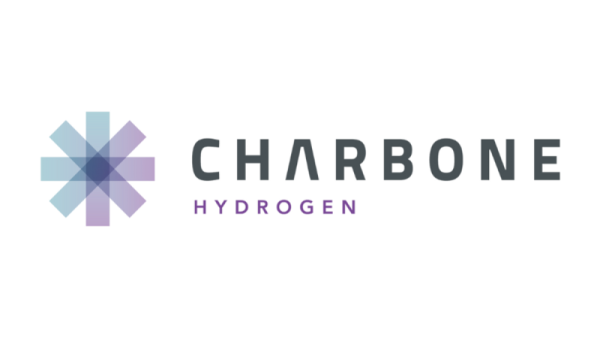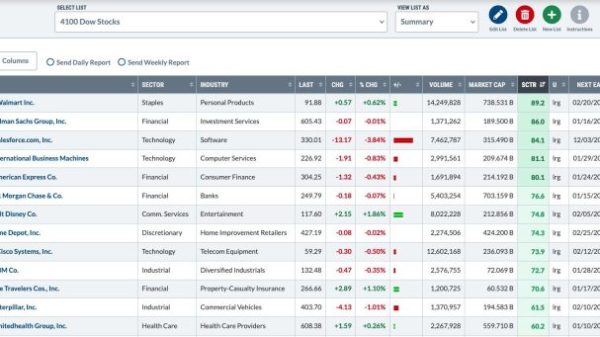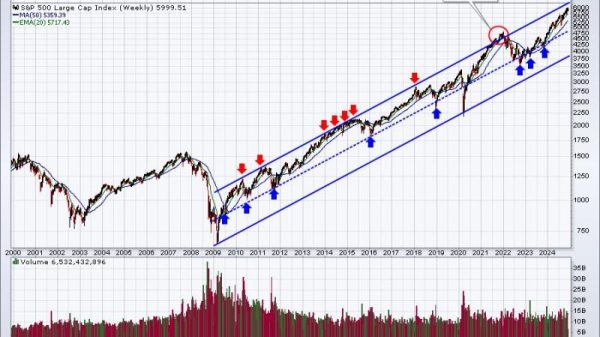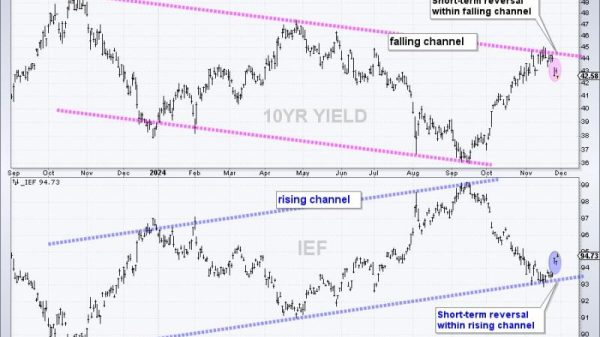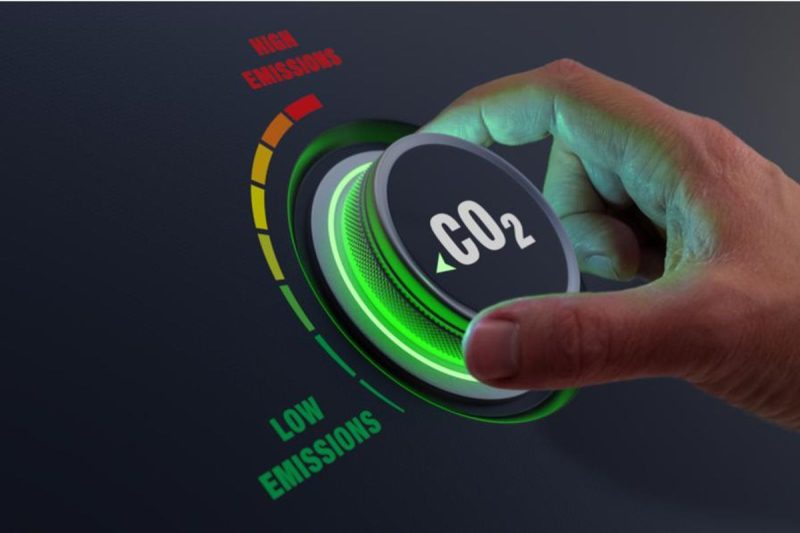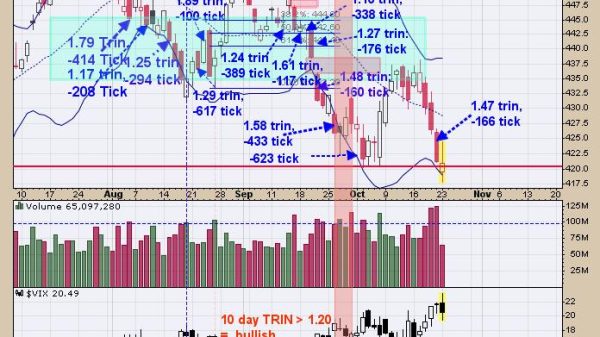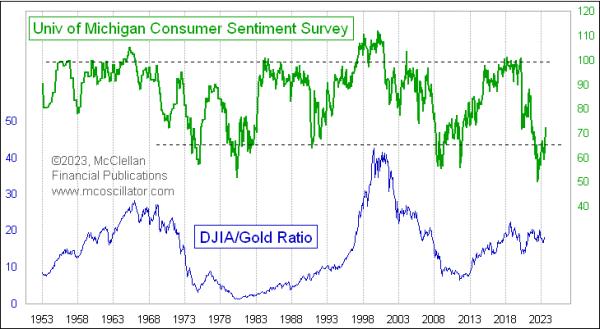Solar, wind and nuclear get a lot of press when it comes to clean energy sources, but what about hydrogen?
More powerful hurricanes, fiercer fire seasons and deadlier floods have spurred a much wider worldwide push toward decarbonization. As a result, governments and industry leaders have committed to adopting rigorous carbon emission reduction targets for 2050. Amidst this backdrop, the market for hydrogen as a strategic commodity in the transition to a cleaner global economy is taking shape.
The International Energy Agency (IEA) has called hydrogen “an increasingly important piece of the net zero emissions by 2050 puzzle.” This is especially true for the sectors of the economy that have proven to be the hardest to decarbonize, including heavy industry, long-distance transport, shipping and aviation.
What is hydrogen used for?
The most abundant and lightest element on earth, hydrogen is a clean burning, colorless and odorless gas. Today, hydrogen is mainly used as an industrial chemical by the petroleum industry to lower the sulfur content of fuels, and as a principal ingredient in the manufacturing of nitrate fertilizer.
With an energy density almost three times that of diesel or gasoline, it can be burned to generate electricity or combined with oxygen atoms to power fuel cells. A report by RBC Capital Markets shared the same sentiment as the IEA, stating that hydrogen has a “role to play in carbon reduction and the transition toward lower- and zero-carbon energy production.”
As it produces no carbon emissions, RBC says hydrogen has the ability to replace fossil fuels in:
fueling long-haul transport such as trucking, trains, ships and planesrenewable energy storage and power supply chainshard-to-abate, energy-intensive industrial manufacturing processes such as steelmaking, production of chemicals and cement and crude oil refining
The long-haul transportation sector has proven especially difficult to decarbonize due to the excessive weight of lithium-on batteries and their insufficient operating range. Hydrogen offers a light-weight alternative that can go the distance needed to bring the transportation sector closer to net-zero emissions.
There are two hydrogen-based technologies emerging to serve the needs of this industry: hydrogen-fueled engines, which operate in much the same way as diesel- or gasoline-fueled ones; and hydrogen fuel cells, which produce electricity by combining hydrogen and oxygen across an electrochemical cell.
Fleet vehicle manufacturers including Daimler Truck (OTC Pink:DTGHF,FWB:DTG), Volvo Group (STO:VOLV-B) and Toyota Motor (NYSE:TM,TSE:7203) are working to bring hydrogen-powered vehicles to market. Daimler and Volvo are collaborating to develop hydrogen fuel cell technology. For its part, Toyota has been working on hydrogen fuel cell technology since the 1990s, and it is also now developing fuel cells for use in buses and heavy-duty trucks.
When it comes to energy storage, the US Energy Information Association (EIA) explains that “hydrogen could be produced with renewable resources when renewable energy production is high and could be stored to generate electricity when renewable resources are limited and electricity demand is high.”
The agency points to Chevron (NYSE:CVX) and Mitsubishi’s (TSE:8058) joint venture Advanced Clean Energy Storage project in Utah as an example. The goal of the project is to store hydrogen produced by electrolysis via renewable energy in solution-mined salt caverns that can provide a supply of the fuel to customers in the utility, transportation and industrial sectors. Currently under construction, the project is designed to convert and store up to 100 metric tons of hydrogen per day. Commercial-scale operations are slated to begin in mid-2025.
Heavyweights in the steel industry are working to decarbonize their production by replacing dirty coal with hydrogen derived from renewable resources via electrolysis, the process of breaking water into hydrogen and oxygen using electricity. This includes German steelmaker ThyssenKrupp (OTC Pink:TYEKF,FWB:TKA), Luxembourg-based ArcelorMittal (NYSE:MT) and Japan’s Nippon Steel (TSE:5401).
What are green hydrogen and blue hydrogen?
Despite its abundance, hydrogen does not exist on its own and is bonded to either fluorine, nitrogen or oxygen. The conventional processes for breaking these bonds and producing pure hydrogen, according to the IEA, uses “fossil fuels such as coal and natural gas, and (is) thus responsible for significant annual CO2 emissions.”
Before hydrogen can be considered a truly carbon-free input, the processes by which hydrogen itself is produced needs a cleaner, greener solution. It is this need that holds the most opportunity for inventors as technology progresses for the production, storage and utilization of what is known as green hydrogen.
Green hydrogen is considered a clean energy source because it is produced via electrolysis using renewable energy sources, which can include solar, wind or hydroelectricity. Hydrogen produced using solar energy or nuclear power is also sometimes referred to as yellow hydrogen.
According to Deliotte’s 2023 Global Green Hydrogen Outlook, ‘clean hydrogen can deliver up to 85 gigatons in reductions to cumulative CO2 emissions by 2050, more than twice global CO2 emissions in 2021.”
While there is no visible difference between hydrogen produced by fossil fuels and hydrogen produced by renewable energy, the industrial sector uses a color classification system to differentiate these production methods by their carbon-intensity.
The color classifications for hydrogen encompass a whole rainbow of shades, but the most notable in the order from most to least carbon-emitting are brown, gray, blue and green.
As the name suggests, brown hydrogen is produces the highest CO2 emissions as it is produced from coal. Currently, the hydrogen market is dominated by gray hydrogen, which is produced from natural gas through thermochemical conversion with CO2 as a by-product. In fact, IEA figures show that in 2022, about 70 percent of the energy required for hydrogen production was met with natural gas. The majority of the remainder was generated from coal.
Blue hydrogen, also known as low-carbon hydrogen, is also gaining ground as a stepping stone between gray and green hydrogen. It is essentially produced in the same manner as gray hydrogen but with the added step of using carbon capture and storage technology to reduce CO2 emissions. Blue hydrogen is estimated to be four times less carbon-intensive than gray hydrogen, according to RBC Capital Markets.
“We believe natural gas may become a bridge fuel that helps green hydrogen become a reality,” stated RBC Capital Markets Vice President and Portfolio Analyst Kelly Bogdanova. She also sees hydrogen production using electricity derived from renewables and nuclear energy representing a greater share of the market in the years ahead.
Is now a good time to invest in hydrogen?
As a whole, the global green hydrogen market was estimated to be worth US$676 million for 2022 and is expected to grow at a CAGR of 61 percent to reach US$7.31 billion by 2027. The transportation sector is projected to account for the majority of that value, growing at a CAGR of 63.5 percent over the forecast period to US$4.55 billion, while the power sector is slated to grow at a CAGR of 63 percent to total US$1.02 billion in 2027.
This impressive growth projection is attributed to proactive governments focused on zero-carbon emissions and supporting the development of the hydrogen sector through investments in infrastructure. Rising adoption of hydrogen fuel cell vehicles, the development of electrolysis technologies and the lowering cost of renewable energy production are also highly supportive of the hydrogen market.
Deliotte’s aforementioned 2023 market report projects the green hydrogen market overtaking the value of the liquified natural gas market by 2030 and reaching US$1.4 trillion by 2050. By that same year, global trade in hydrogen could generate more than US$280 billion annually in export revenues. “If policymakers and business leaders provide decisive support of the market, green hydrogen can outcompete carbon-intensive hydrogen production in less than 10 years,” said Jennifer Steinmann, Deloitte Global sustainability and climate practice leader.
For now, global demand for hydrogen remains highly dominated by conventional applications in the refining and industrial sectors. The use of green hydrogen for reducing carbon emissions in the heavy industry and long-haul transportation sectors currently accounts for less than 0.1 percent of the market, according to the IEA. On the supply side, low-emission hydrogen production represented less than 1 percent of global hydrogen production in 2022.
Most of today’s current green hydrogen projects are in the pre-commercial phase with limited electrolyzer capacities. One of the main challenges in advancing green hydrogen technologies is the cost. “Yet production costs will decrease over time, due to continuously falling renewable energy production costs, economies of scale, lessons from projects underway and technological advances. As a result, green hydrogen will become more economical,” PwC stated in a 2023 report.
“(The) most attractive production markets for green hydrogen are those with abundant, low-cost renewable resources,” the firm noted, naming the Middle East, Africa, Russia, the US and Australia.
Looking forward, PwC analysts sees “moderate, steady” growth in hydrogen demand through 2030 as many niche applications take hold in the industrial, transport, energy and buildings sectors. More importantly, the firm projects a decrease in hydrogen production costs by about 50 percent through 2030.
Another challenge to the wider adoption of green hydrogen technologies identified by PwC is the scant existence of the necessary infrastructure for large scale hydrogen use, namely export and import terminals and pipelines, which take several years to develop.
However, governments around the world are taking action to increase the economic role of low-emission and green hydrogen through policies, incentives and funding that supports research and development of emerging technologies as well as infrastructure for production and distribution.
The United Kingdom is launching a certification scheme under its Low-Carbon Hydrogen Standard that will award contracts to projects to produce hydrogen using electrolysis. The UK government is targeting 1 gigawatt of electrolytic hydrogen in construction or operational by 2025.
The United States has also put forward policies and tax credits under the Inflation Reduction Act to incentivize the domestic production of clean hydrogen. In October 2023, the Biden administration announced US$7 billion in funding to be awarded across seven regional clean hydrogen hubs ‘to accelerate the domestic market for low-cost, clean hydrogen.’
Not to be outdone by their neighbors to the south, as part of its annual budget the Government of Canada is proposing the Clean Hydrogen Investment Tax Credit, which will reimburse green and blue hydrogen developers up to 40 percent of taxes paid — based on lifecycle emissions — on the purchasing and installing of eligible equipment.
In addition to that tax credit, manufacturers of made-in-Canada electrolyzers, hydrogen refueling systems, batteries, wind turbines and solar panels will be able to take advantage of the Clean Technology Investment tax credit, which provides a 30 percent tax rebate on manufacturing costs.
Looking to Australia, the government is set to invest AU$1.4 billion in growing the domestic hydrogen industry as part of its National Hydrogen Strategy aimed at making the nation a major player in the global hydrogen market by 2030.
How to invest in hydrogen?
How can investors gain exposure to the clean hydrogen market?
Investors would do well to look to companies developing clean hydrogen-based direct-reduced-iron processing technologies, clean hydrogen-producing electrolyzers, hydrogen fuel-cell technologies, hydrogen storage and supply chain distribution infrastructure and carbon capture, utilization and storage technologies.
In addition to the companies mentioned previously, some of the major players in the hydrogen space include large multinationals such as Luxfer Holdings (NYSE:LXFR), Chart Industries (NYSE:GTLS), NextEra Energy (NYSE:NEE) and Entergy (NYSE:ETR).
Luxfer’s gas cylinders division recently introduced a new high-pressure hydrogen cylinder, G-Stor Go H2. The company describes the product as “a certified, cost-effective hydrogen storage solution ideal for fuel cell transit buses, heavy-duty trucks, vans, bulk gas transport, boats, and trains.”
Chart Industries provides services and equipment for the entire hydrogen supply chain. The company’s customers include Avina Clean Hydrogen, which will use Chart’s Howden compressors for its state-of-the-art green hydrogen facility in California.
NextEra Energy is building a green hydrogen power plant in Florida, which will produce hydrogen using a 20 megawatt solar-powered electrolyzer.
Entergy is developing clean hydrogen projects with a number of partners, including Monarch Energy, with which it inked a memorandum of understanding in September 2023 for a 300 megawatt green hydrogen plant in Louisiana.
If you’re keen on the benefits of investing in exchange-traded funds, there are several options, including the Global X Hydrogen ETF (NASDAQ:HYDR), Direxion Hydrogen ETF (ARCA:HJEN) and VanEck Hydrogen Economy UCITS ETF (LSE:HDRO,FWB:HDR0).
For a deeper dive into Australia’s hydrogen market in particular, click here.
Investor takeaway
Is now a good time to invest in hydrogen? The answer may depend on your investment strategy. With applications and infrastructure still under development, clean hydrogen is still an untested emerging market. But for those with a long-term approach to investment and a high risk tolerance, the green hydrogen space may represent an early-stage opportunity.
Securities Disclosure: I, Melissa Pistilli, hold no direct investment interest in any company mentioned in this article.





